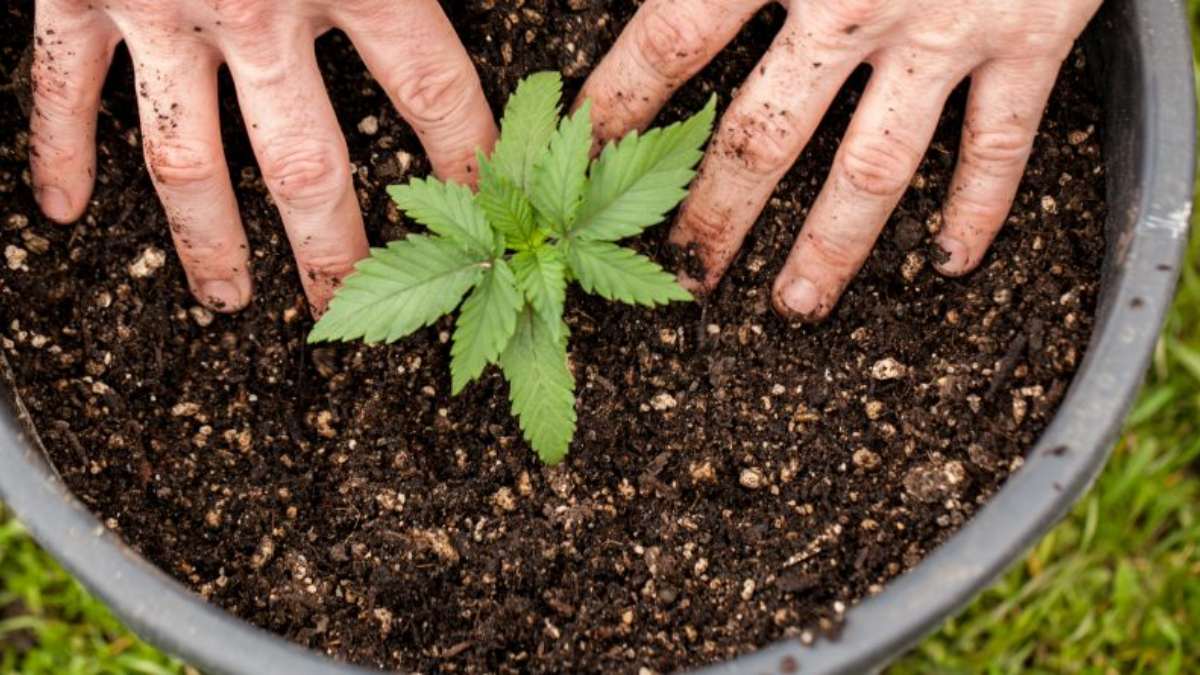
If there’s one thing that can make or break an indoor marijuana grow, it’s lighting. All plants need light to photosynthesize, and cannabis plants have specific lighting requirements during each stage of their growth.
Anyone who is thinking about setting up an indoor grow room or tent should give careful consideration to the best lighting strategies to meet their needs and budgets. Aspiring indoor growers can find out about five effective ways of lighting marijuana indoors below to get started.
Table of Contents
High-Intensity Discharge (HID) Lights
Before heading to homegrowncannabisco.com to purchase seeds, growers should buy all the equipment they need to cultivate plants indoors, including lights. Many commercial growers choose high-intensity discharge (HID) lights because they have been the industry standard for the past several decades. There are two types of HID lights, both of which are comparatively inexpensive and effective for lighting large spaces.
Metal Halide (MH) Bulbs
MH bulbs produce blueish light that’s perfect for supporting vegetative growth. Like all HID lights, they need to be mounted in a ballast to regulate the current. Look for a newer digital ballast to cut back on weight and operational costs.
High-Pressure Sodium (HPS) Bulbs
HPS bulbs produce a yellow or orange light that’s more conducive to the flowering stage of cannabis growth. As a result, many growers who use HID lights switch from MH bulbs to HPS bulbs when the plants enter the flowering stage. Growers can usually use the same ballasts and hoods throughout the season.
Compact Fluorescent Lamps (CFLs)
CFL grow lights are like the large fluorescent lights found in office buildings and schools, but they’re smaller. CFLs are more energy efficient than HIDs, and they produce less heat. While they’re great for the germination, seedling, and vegetative stages of plant growth, most growers supplement their CFL lights during the flowering and finishing stages.
Light-Emitting Diode (LED) Grow Lights
LEDs are the most recent addition to the cannabis lighting world, but they’ve made a reputation for themselves very fast. Today, most growers who can afford the larger initial investment opt for LEDs because they are more energy efficient, cooler, and more versatile than traditional options. High-end LEDs even allow growers to alter the light spectrum for each stage of growth, and there are plenty of options available to accommodate indoor grows of all shapes and sizes.
Natural Light
Some growers opt to place their plants in greenhouses rather than fully enclosed indoor spaces. This decision allows them to cut back on lighting costs by taking advantage of natural sunlight, but it’s important to realize that most greenhouse growers still need to control lighting. It’s common to see greenhouse growers supplementing light in the beginning of the season and restricting it as the plants enter the flowering stage.
Light Matters
When it comes to choosing a lighting strategy, there’s no right or wrong decision. Growers should consider everything from the size of their crops to their short-term and long-term budgets before deciding what type of lights to buy.
Ultimately, the most important factor isn’t what type of bulbs growers choose, but whether they take the time to find a reputable brand that specializes in manufacturing marijuana grow lights. Just make sure to keep factors like heat production in mind when installing new lights because some types will need to be set higher off the canopy than others.